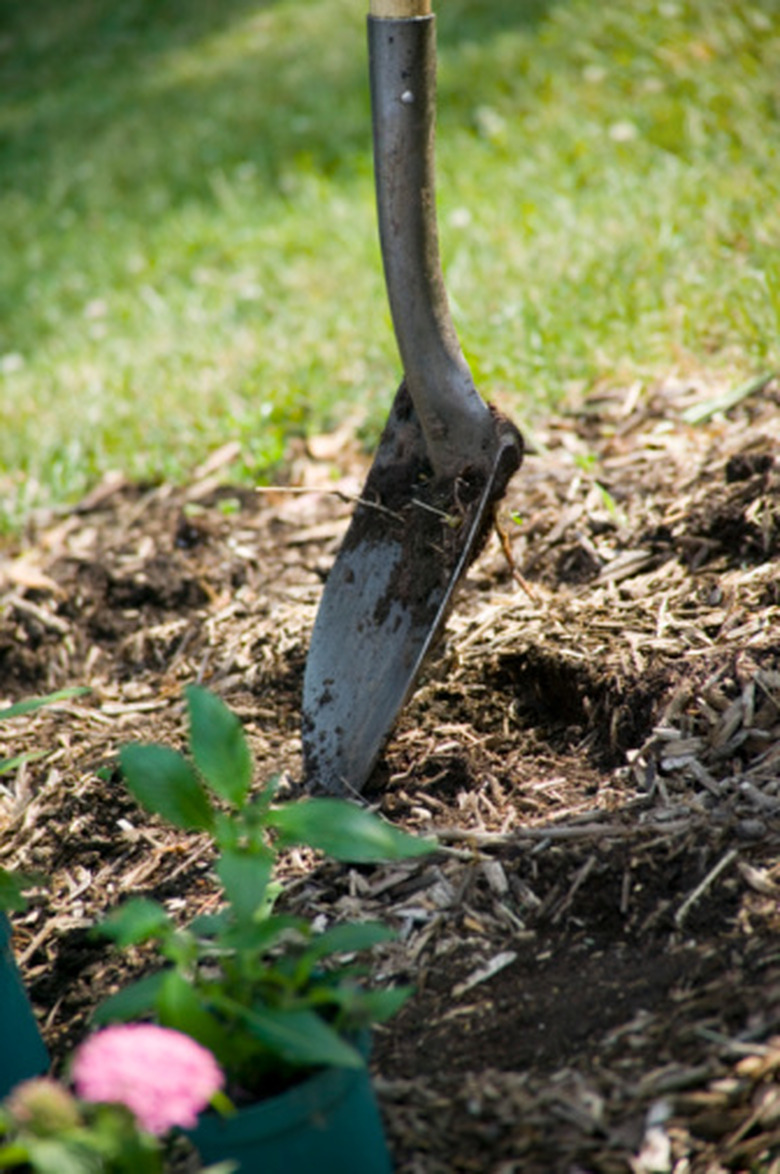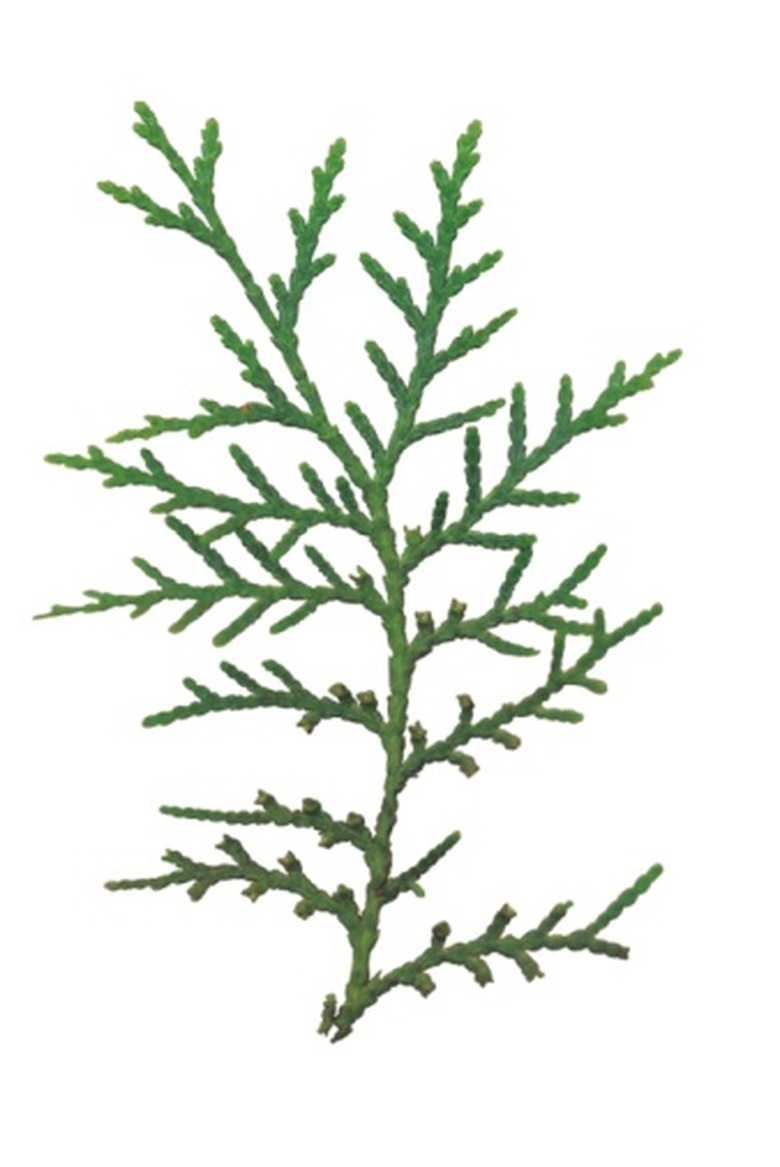Which Mulch Is Best For Repelling Bugs?
Mulch is defined as any material applied to the surface of the soil that improves or protects the area covered. Homeowners use mulch primarily for weed suppression, moisture retention and beautification. Mulch provides many other benefits, including some mulches that can repel insects.
Mulch is defined as any material applied to the surface of the soil that improves or protects the area covered. Homeowners use mulch primarily for weed suppression, moisture retention and beautification. Mulch provides many other benefits, including some mulches that can repel insects. Many myths related to using mulch for this purpose abound, and marketing on mulch bags can be deceiving.
Cedar Mulch
Cedar mulch from species of tress from the Thuja genus have an essential oil called "thujone" that has insecticidal repelling and killing properties. This oil is found primarily in the leaves of Thuja species. Thujone is best known for its ability to repel clothes moths but is also valuable at repelling, inhibiting or killing cockroaches, termites, carpet beetles, Argentine ants and odorous house ants. Do not be mislead by marketing strategies that have generalized statements declaring the insecticidal properties of bagged cedar mulch. If the mulch was not harvested using parts of the plant containing these oils, it will not repel the specifically listed insects.
- Mulch is defined as any material applied to the surface of the soil that improves or protects the area covered.
- Many myths related to using mulch for this purpose abound, and marketing on mulch bags can be deceiving.
Cypress Mulch
Before the 1950s and '60's, when cypress was first harvested for mulch, many of the trees cut down were from old growth forests. The mulch produced from these trees contained a large mass of heartwood, the main contributor to the supposed insecticidal properties. Hundreds of years will pass before a cypress tree accumulates a large mass of heartwood. Cypress trees harvested today are younger and contain substantially less heartwood.
Plastic Mulches
Many studies have been conducted on the insect-repelling effects of using plastic mulches. One study conducted by the University of Tennessee studied the differences in repelling effects between black plastic mulch and silver reflective mulch in tomatoes. The results were a significant reduction in insects such as aphids, thrips and stinkbugs on the reflective silver plastic compared with the traditional black plastic mulch. Some colors of mulch, such as yellow and red, can actually attract beneficial insects such as pollinators.
- Before the 1950s and '60's, when cypress was first harvested for mulch, many of the trees cut down were from old growth forests.
- Many studies have been conducted on the insect-repelling effects of using plastic mulches.
Other Natural Insect Repellant Methods
In conclusion, if you select the right mulch for the right type of insect you are trying to repel, you may have marginal success. Many other natural methods can be used to repel insects from your yard and garden. For instance, you can buy cedar oil that has been extracted from Juniperus virginiana and directly spray desired vegetation. By using this oil, you will help to reduce the use of forests for the production of mulch. Cedar oil can be found in most nurseries.


